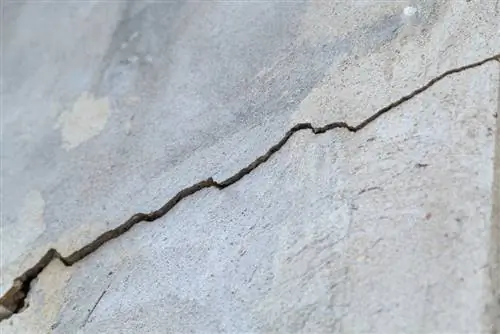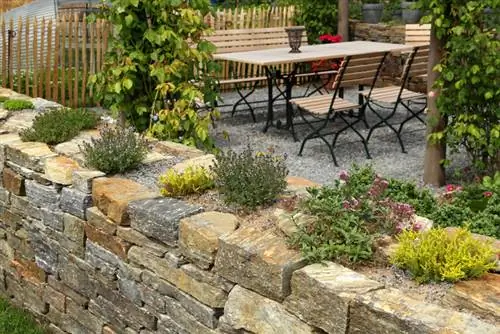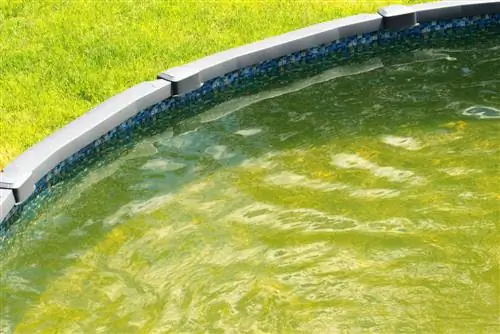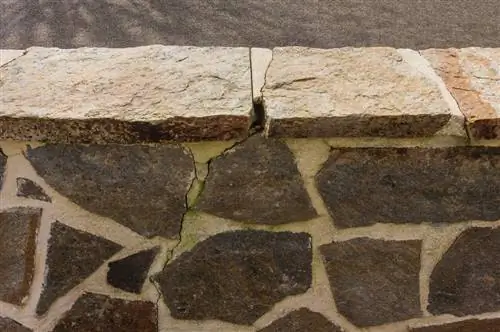- Author admin [email protected].
- Public 2023-12-16 16:46.
- Last modified 2025-01-23 11:22.
Plastered walls in the garden are exposed to heat and frost over time, which can lead to cracks. A common method for closing these areas is to insert joint filling profiles.
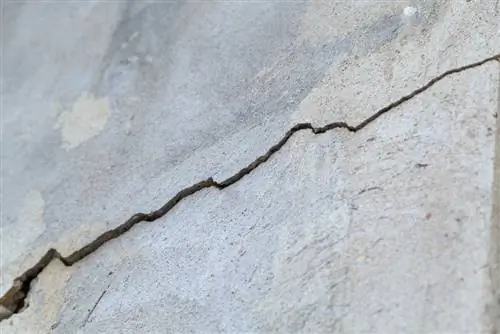
How to effectively fill wall cracks?
The best way to fill wall cracks is to widen the crack with an angle grinder or joint cutter, clean it with a brush, fill in PU foam, insert joint filling profile, cut off excess foam, pre-treat with adhesive primer and apply acrylic compound or filler.
Crack Types
Cracks in masonry have various causes that need to be discussed. This includes defects in the subsoil or foundation. There may also be weak points in the structure or design errors. Minor damage is often caused by extreme weather conditions.
How to do it
Measure the dimensions of the crack to define the required length of the joint filling profile. In most cases, a diameter of five millimeters is sufficient for repairs, as most damage is no wider. If the crack is smaller than the filler strand, widen it with an angle grinder or joint milling machine. Sweep the gap well with a brush so that the filling seals cleanly.
Repair damage:
- Fill crack with PU foam
- Press the joint filling profile directly into the gap
- cut off hardened foam residue after one hour
How to proceed
Carefully tape off the crack in the wall on both sides with painter's tape and brush the repaired areas with an adhesive primer. This means that the subsequent paint and the sealing acrylic compound adhere better to the surface. Apply the substance until the surface is saturated.
Tip
A colored deep primer is suitable as a primer for highly absorbent materials such as plasterboard, lime and cement plaster. This solidifies the surface and reduces suction.
Post-Processing
Use a squeezing gun (€12.00 on Amazon) to fill all the cavities with acrylic compound. Level the substance with a spatula or joint smoother. Filler is an alternative to acrylic. After the filling has hardened, peel off the painter's tape. The wall is now ready for a new coat of paint.
Special filling materials
Very minor damage can be repaired with special fillings, so that no filling profile is necessary. Expodite resin seals and connects cracks up to 0.1 millimeters wide. If the gaps are less than 0.2 millimeters wide, cement suspensions provide a force-fitting seal. Polyurethane resins are used for damage smaller than 0.3 millimeters. Experts often use cement slurry for cavities with a crack width of less than 0.8 millimeters.

